"The key to commissions is the fact that they respond to a need and that’s what’s missing from cultural politics"
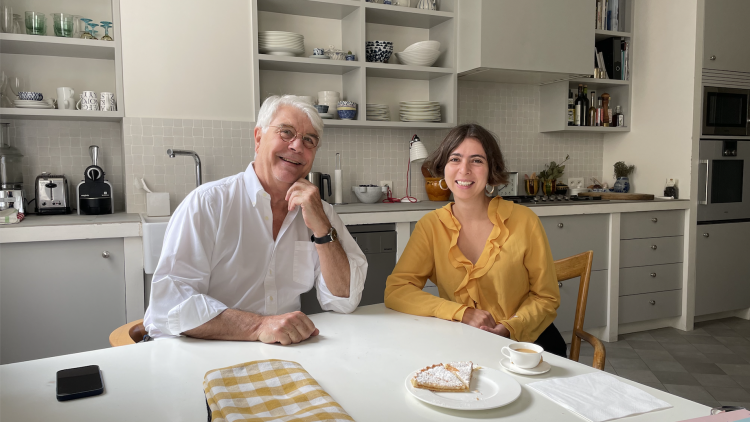
Interview, translation from the French, and editing: Daniela Medina Poch.
François, Juan Pablo, and I sit down at a round table laid with coffee and cake, on the third floor of a building on avenue Trudaine in Paris. François welcomes us warmly and is ready to start the interview. We talk for three hours, and the interview is conducted in French.
Daniela: I would like to steer this conversation through three thematic blocks. If you agree, we can start by discussing the socio-political potential of the Protocol, and then move on to how the Protocol works and the importance of the various roles. And we can end by talking about the Protocol in other times and contexts. How did the Protocol develop?
François: I grew up in an architect-designed house in which culture was important, and I had access to an extensive library of 20th century German, French, Belgian, and Dutch art history. After discovering all these examples from the past, I wondered: what comes after Dada and Duchamp? What can I contribute? I had a Marxist education and I was politically engaged, like everyone around me. We all wanted to make a revolution, but I wasn’t the only artist in my circle. I was always obsessed with thinking about form, about form in art and also about political forms. I was on a quest for the right form. That partly explains how I arrived at the Protocol. Thanks to my parents, I was very aware of what was happening in the local art scene. The purpose of contemporary art had changed, the idea was no longer to entertain, and I didn’t want my freedom curtailed. I asked myself, what can I say? And, what can I do to integrate art and life? After a long time I understood that life itself was commissioning me, and that art decides, not me. The key thing is to figure out what life is asking. That is the challenge.
"After a long time I understood that life itself was commissioning me, and that art decides, not me. The key thing is to figure out what life is asking. That is the challenge"
D: And did you find the answer to your question?
F: Once that year had passed, I had great difficulty in accepting myself as an artist. Although I had always liked speaking out for citizens, it was hard to accept that my work did not spring from me as an artist, but from someone else. As soon as I accepted this, I understood that the responsibility for an artwork could be shared.
D: Can you tell us more about the Protocol’s potential for emancipation?
F: I think that is one of great strengths of the Protocol: it offers the possibility of emancipation. The Protocol is activated by citizens who become empowered. It gives you permission to do things you had never even imagined you could do. Some commissions allow you to play, and new spaces open up as a result. What I mean is that the Protocol sets out certain clear rules that can be interpreted in different ways. If you don’t want to play, that’s perfectly fine, but the possibility is there. All sorts of things have to be coordinated in order to produce an artwork, from the logistics to bureaucracy. Making an artwork in public space is never simple. All these necessary actions and steps force you to engage. Engagement is not the same as participation, a term that is all the rage these days. Participation will never mean engagement.
D: Could you expand on that difference?
F: Participation means voilà, you have an artist and you do everything together, but that does not mean you are responsible for the shared action. Engagement implies responsibility, and in the case of commissions you are responsible for whatever happens. You are going to be assessed[nr1] , we are going to evaluate the process, and that changes everything. In other words, if you don’t engage, nothing happens.
D: How does the Protocol activate the kind of engagement and responsibility you’re talking about?
F: It is an opportunity to actively respond to public life. I’m not just talking about public space, but about public life itself. Many of these projects allow the Patrons who commission a project—be they bakers, doctors, or whatever—to feel like the Mayors of public space. It offers people the opportunity to become active agents in public life, and to take on the responsibility of making an artwork that will have a life of its own. That’s what makes it so interesting.
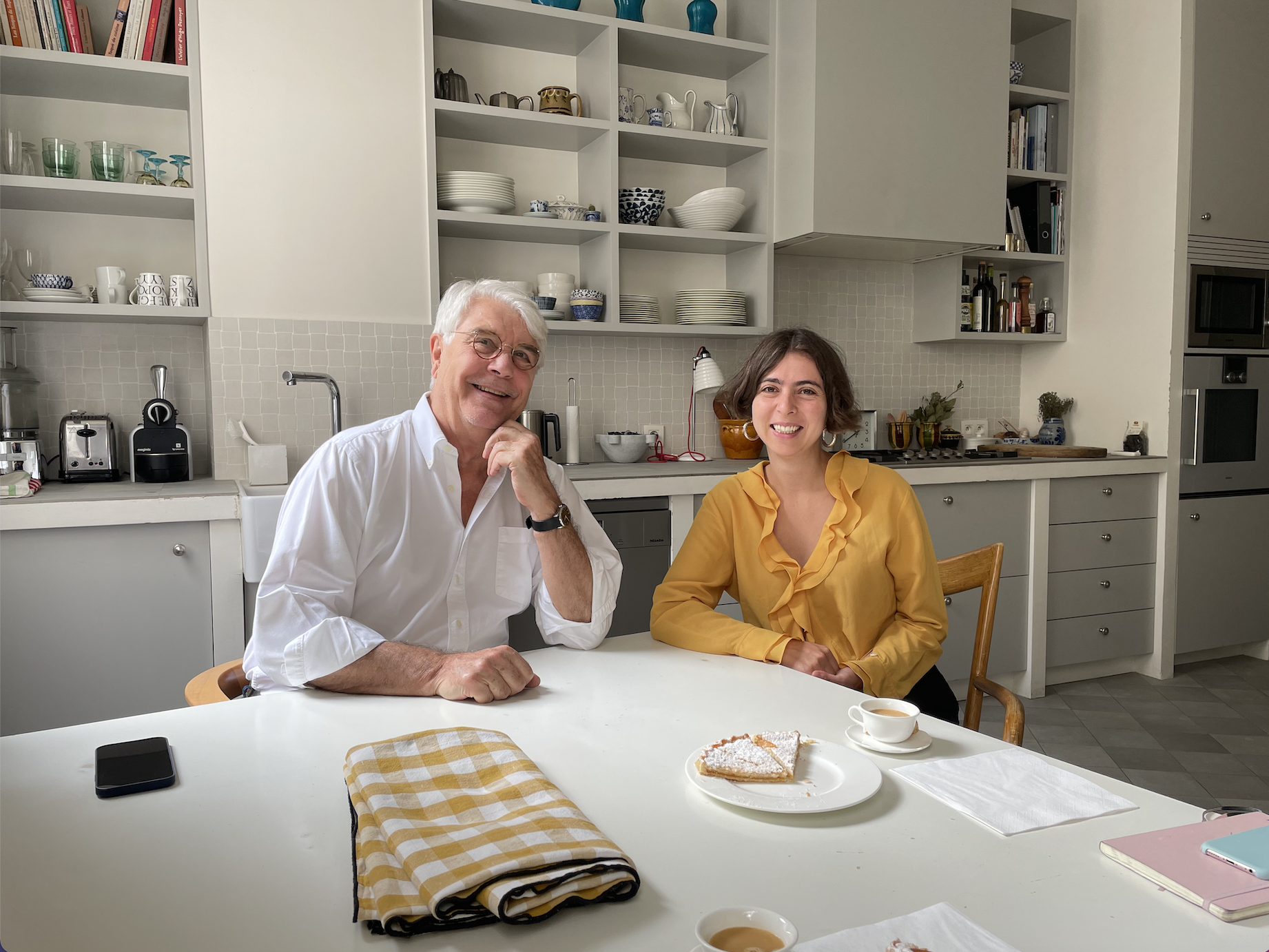
D: What is the difference between Les Nouveaux Commanditaires and Nicolas Bourriaud’s concept of relational art, for example?
F: It is something else altogether. Bourriaud focused on artists seeking social credibility, and the main difference is that the initiative comes from artists, not from citizens. I discovered this while doing performances many years ago, when I realised that audiences participate but they are not responsible. Under the Protocol, the Patrons are responsible. The artists carry out the work, but they do not initiate it. And the work exists in a circuit that is separate from the art market, biennales, and festivals. There are other channels. Although artists must have a critical interlocutor, of course.
D: Given that citizens commission the artworks, I understand that the Protocol involves a certain redistribution of power and agency. Can you tell us more about this?
F: The key to commissions is the fact that they respond to a need: that is the point of departure, and that’s what’s missing from cultural politics, they fail to listen to actual needs. Politics plays a very important role in art, it responds to the question of how we can live together. The artist is the paradigmatic figure of individual freedom. The voice of art is both privileged and marginal, which is why we must listen to the voices of artists. You are in the art scene in order to act, to serve. The things you imagine can come into being.
D: What happens when a project ends? Can you talk a little about the ongoing impact after a commission is carried out?
F: Once the process is complete, a change occurs. On completion, you are not the same person as you were when you started, because you have learnt to express your ideas, to discuss, and to take risks. And what’s more, it worked. After one commission ends, other commissions are often activated.
“Politics plays a very important role in art, it responds to the question of how we can live together”
D: In that sense, would you describe the Protocol as a social project?
F: No, I don’t see it as a social project at all. The Protocol has two aims, the first is produce an artwork, the second is to make society. We are currently doing both. By making society, I mean offering people the opportunity to exercise their right to autonomy and democracy, a space for speaking and doing. We also make society because the Protocol is an exemplary case of pre-democracy, particularly in the midst of the current democratic crisis, in which the faces of power have lost their credibility. We don’t know each other but we come together around some very personal ideas and beliefs. During the process we learn to negotiate, accept, and have courage together. It is an exercise in democracy. You—the artists and mediators—are the mechanism by which society speaks and acts. It can’t be done without you. And if society can be the active agent, the implementer, it will become culture itself. Mediation would thus become culture. In this sense, we have a key role to play in the revolution of democracy. One of the things I’ve mentioned from the start is the fact that we do not make art with the aim of generating consensus. We make art so that everyone can have the opportunity to exercise an idea of democracy in line with their own notions and ideals. We are here to manage tensions and conflicts. That is what makes the Protocol solid. We build consensus little by little.
D: So would you say that representative democracy is in crisis because citizens are not active agents?
F: Representative democracy is in crisis because it is too simple. You cannot expect one person to be on top of everything, responsibility is too concentrated and one cannot respond to every problem, it’s impossible. Under the Protocol, citizens decide what we do and why we do it.
D: Thirty years on, do you think the Protocol has helped to improve the mechanisms of democracy in France?
F: Not yet. It is a good model; it has been tested in all kinds of contexts and situations. It is solid, highly adaptable, and it works. The challenge now is to make the leap from a limited experimentation stage to a major public policy model. That battle has not yet been won. Society changes slowly, and people tend to resist change.
D: Do you think there are enough opportunities to discuss and reflect on the Protocol in France?
F: No, there is insufficient debate. Everyone finds it interesting, but efforts have not been made to create a space. In Germany, Alexander Koch has made a key contribution in this regard.
D: Should the Protocol be included in public policy? What implications and opportunities would arise in such a scenario?
F: Frankly I don't know. The current Minister of Culture does not want this to happen. Even though the Protocol has been funded by private foundations such as the Fondation de France, he sees it as a dated model. Government and administration are different things. It is important to realise that the public administration often opposes ministers, and that the administration ends up governing. The key thing in a hypothetical scenario in which the government adopts Les Nouveaux Commanditaires as a public policy model, is that the administration would also have to relinquish its mediating role. The challenge is to get the administration to delegate that role to citizens, and to develop this project as a public service. I think that would be the ideal model: each museum would be associated with a mediation group and provided with public infrastructure, so that the work of the mediators would become a public service. Funding for cultural policies is winding down. The great patronage figures played an important role in history, because they allowed artists to live and make progress with their work. So they were active agents in the history of emancipation. Today, patrons are not part of the history of contemporary art. For the last two centuries, only artists have had the legitimacy to make art. Resistance to change often comes from the cultural milieu itself. I myself have told the staff at the museum’s conservation department to go out and see art elsewhere. I offer to help, I tell them I have a team. The democratisation of culture is an urgent task. There is an abundance of work, but the audience is always the same, and that’s no way to democratise culture. The democratisation of culture will only come about if citizens become active agents of culture, not just consumers or spectators.
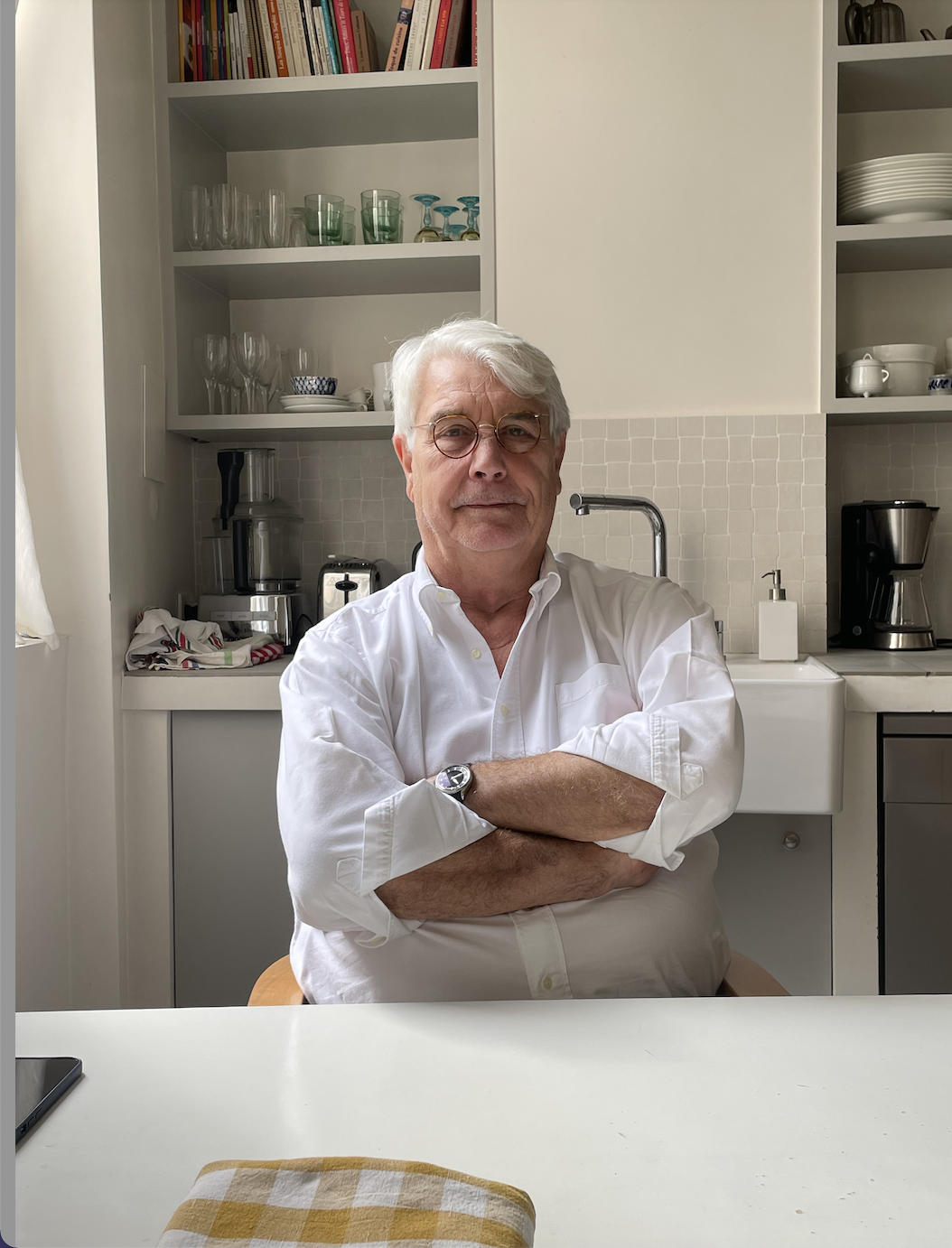
D: So you agree with Joseph Beuys that everyone can be an artist?
F: No, that’s not what I believe. I do think everyone has the desire to create, that’s fundamental, but it’s not the same thing. Art is the capacity to consider a situation through forms that do not yet exist and have never existed before. It is the capacity to dream in response to the world, it is a very deep desire. But the responsibility to create the forms is linked to a capacity, and not everyone can take that risk.
D: Let's talk about the roles within Protocol. How flexible are they?
F: The key thing is to ensure that each actor’s responsibility is recognised, and that all parties perform their roles. Once you know what your role is, we can start a dialogue. The practice is free precisely because the rules are clear and simple, and because everyone knows their role. If we start out expecting to do everything together, it won’t be possible. That is the paradox of Les Nouveaux Commanditaires: the clearer and more legible the rules are, the more it is open to all interpretations, and the more freedom there is.
D: How did the mediation role emerge? I’m curious because it’s a very particular type of mediation.
F: I started using this term in the nineties. It didn’t exist in the art scene before then. When I was looking for a term, I turned to existing references and I asked myself: what do we call those who are responsible in theatre or opera? I thought about the people who are responsible for making public works, the people between actors and production managers, and they are the mediators. There are many names for this role, but using the term “mediator” introduced connotations that I found interesting. As a mediator, you represent society’s interests. These days all museums have mediation staff, but that is a different kind of mediation. Now anybody can be a mediator, it became all the rage. The most important element of the Protocol is the people who carry out this role, and providing some training for them. They must know how to listen and be able to contribute through contemporary art skills. And they must also be producers, because the idea that arises from the Patron-artist collaboration has to be produced. In other words, funding needs to be found, the money has to be managed, and there are the technical aspects... it’s not easy.

D: What makes a good mediator?
F: First of all, human qualities: knowing how to listen, paying attention, not prioritising his or her own wishes. Often, especially early on, mediators make the mistake of wanting to contribute, and this gets in the way of adhering to the commission. This doesn’t work because mediators do not decide autonomously, decisions are made in conjunction with the Patrons and artist. In choosing the person who is to execute the artwork, a mediator must be ambitious and determined. And in regard to the task of mediation and dialogue, it is crucial that the Patrons understand why they are doing the commission, and that they are able to reflect on what they really want. It is not the artists’ job to explain what they are going to do or why they are doing it. The artist is responsible for finding the form, and to do this the commission must be carefully formulated. I really like mediators with a visual arts background because they tend to be very open to different media and artistic possibilities, from sculpture to audio-visuals and theatre, etc., and this can help when it comes to choosing an artist. Beyond this, they must also be able to deal with the political aspects. In the Protocol I talk about political mediation and about managing commissions through a mediator or a Mayor, for example. This is important because commissions depend on these decisions, on this power. If the site of a commission ends up being a town square, the Mayor will ultimately decide whether to carry it out or not. If there is no funding it can’t be done, but I think money can be found if the cause is good. There are funds in society, it’s a question of re-distributing them. The matter of the mediator is crucial in this regard. The mediator is a diplomat, producer, teacher... it is an all-round role, as you can see, it is decisive.
D: Yes, that’s why I think what Amanda Crabtree has done at the University of Lille is very interesting, setting up specialised education to train mediators. Because as you’ve said, this is a very specific kind of work.
F: Amanda is the president of the mediators' association. They have set up a community of New Patrons and an MA programme offering an official diploma.
D: Let's talk about the artist’s role. Why does the Protocol specify that an artist must be brought in from outside the local context?
F: Artists are chosen on the basis of quality criteria. Being from the town or village that is issuing the commission does not mean an artist will necessarily be chosen. If a local artist is good, the mediator may choose him or her. It is the mediators’ responsibility to be very demanding and rigorous when it comes to these kinds of decisions. We are not there to provide cultural entertainment.
D: The Protocol takes art out of the white cube. Does it also challenge the canons of contemporary art, or is it more about reproducing them in unusual spaces?
F: As an artist, I think that the current canon emerged from that freedom we tapped into after Duchamp and Dada, when we questioned all conventions. We cannot escape from the canon, but we can draw on everything in the canon. I think that the white cube, the museum, and the whole infrastructure of art today must remain. Outside of this, art has no meaning.
D: On the subject of the canon and “canonical” art, there are some good artists who are not yet established, and this is an opportunity to redistribute and expand the frames of reference. Is this an important aspect of the project?
F: There are, of course, hundreds of artists who appear and disappear in the official art scene. The visibility of artists is ever-changing. Society decides whether or not something is art, but it is also true that this is part of the mediator’s task: to be able to pick out artists who are intelligent, imaginative, and inventive. Mediators must be able to detect this.
D: In response to this question, Alexander Koch told me that choosing established artists was one of the Protocol’s positioning strategies, because it is easier to apply for funding if you are working with well-known artists.
F: Things are difficult for artists. There is the opportunity for the person making the work to be free, even from the conditions imposed on him or her by the commission. The work does not have to follow the commission to the letter, that would be more like publicity. Rather, the aim is to create an artwork that has a life of its own, that responds to the circumstances and finds its autonomy. It is ultimately the artist’s decision. So the artist must be able to negotiate the canons and find a way to work outside them, if that is what he or she wants to do. The artist does not need to seek permission or explain anything, that’s not what we are here for. At the same time, I think if an artist is against the system, he or she is out. The real question is how to include that in life and society, and how society can transform itself.
D: Speaking of transformations, can you talk a little about how the Protocol has changed over the years, in France and in other contexts?
F: The Protocol has not changed. On the contrary, time has proven the relevance and adaptability of its game rules. Over the years, we have seen that the Protocol can be just as easily applied in Columbia as in Cameroon or a small town in Germany. Here in France, we ceased to get funding after thirty years, but nothing has changed.
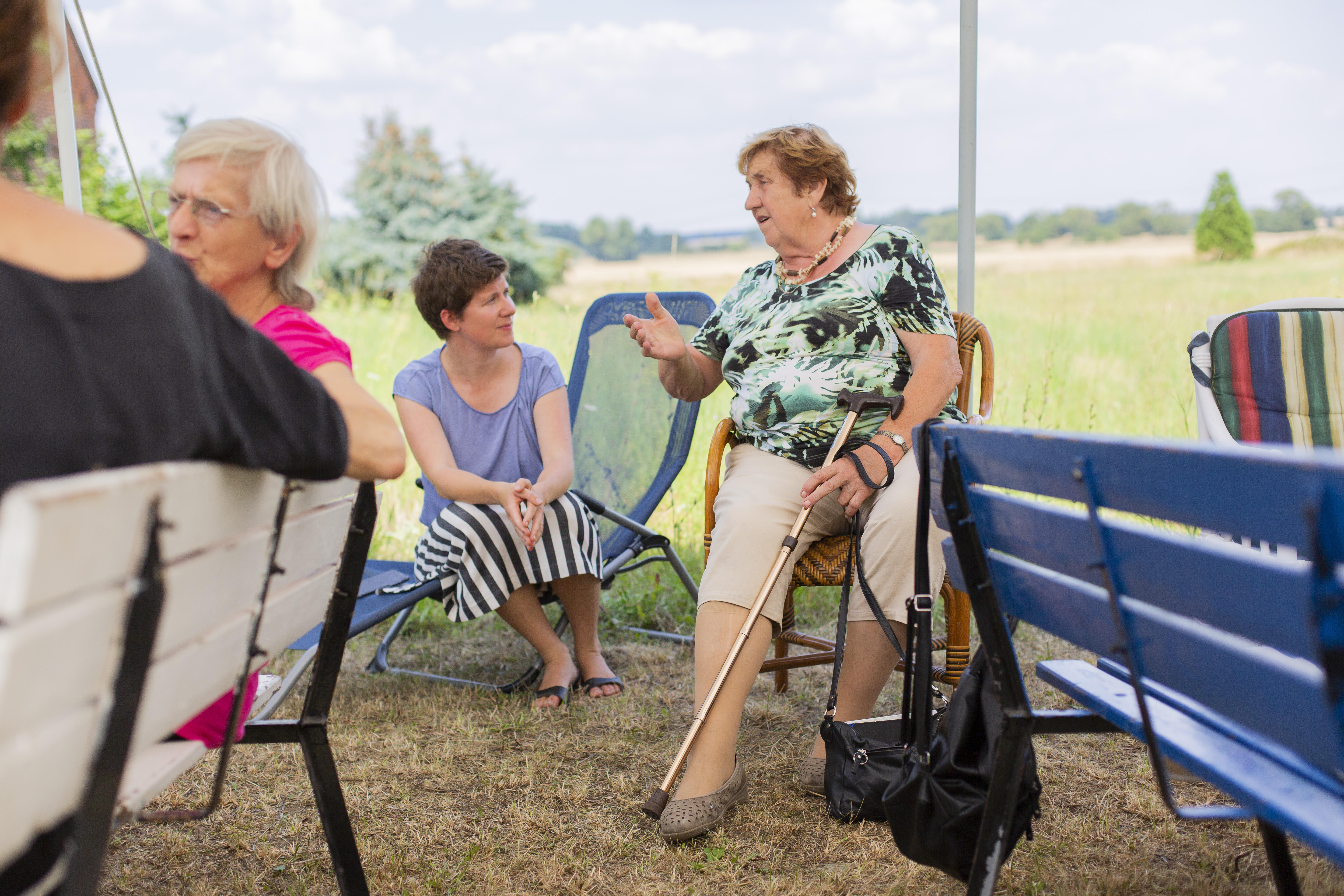
D: That's impressive.
F: It is a conceptual artwork.
D: You claim that the Protocol can work in all contexts anywhere on the planet. Do you think it could even be applied in a country that is under a totalitarian regime, or at war, for example?
F: The aim of the Protocol is to enable citizens to become agents of change in their own contexts by exercising freedom and autonomy. This will depend on the possibilities available in the context they are in and the powers that govern it. The main thing is to find the funds and to avoid corruption. In places where there is war and weapons it would be more difficult.
D: I am very keen to start a chapter of the Protocol in Colombia and South America...
F: Financing is the key. You need to find some kind of patronage to fund two stages of the project. First you need funding for at least two to four years. The second funding stage is the production budget, which is usually easier to manage. But the first stage is key because that is the mediation and the definition of the project. Once you have secured funding, it is crucial to find and train mediators. They should ideally be people who already make art, who are open to that. You don’t necessarily have to know them, but you should know who they are. Then you generate a framework.
D: The first commission in Colombia revolves around water. Barichara is a town with a very particular geographical and community profile, which has had problems with the management of drinking water for over ten years. Deforestation driven by the construction of tourist infrastructure has damaged the hydrological balance. The government has tried to invest in better infrastructure, but these measures have been hindered by various factors. So we think that culture, once again, is what can allow us to start placing more value on trees than hotels, for example. There is a real need, and this motivates me to carry out the process.
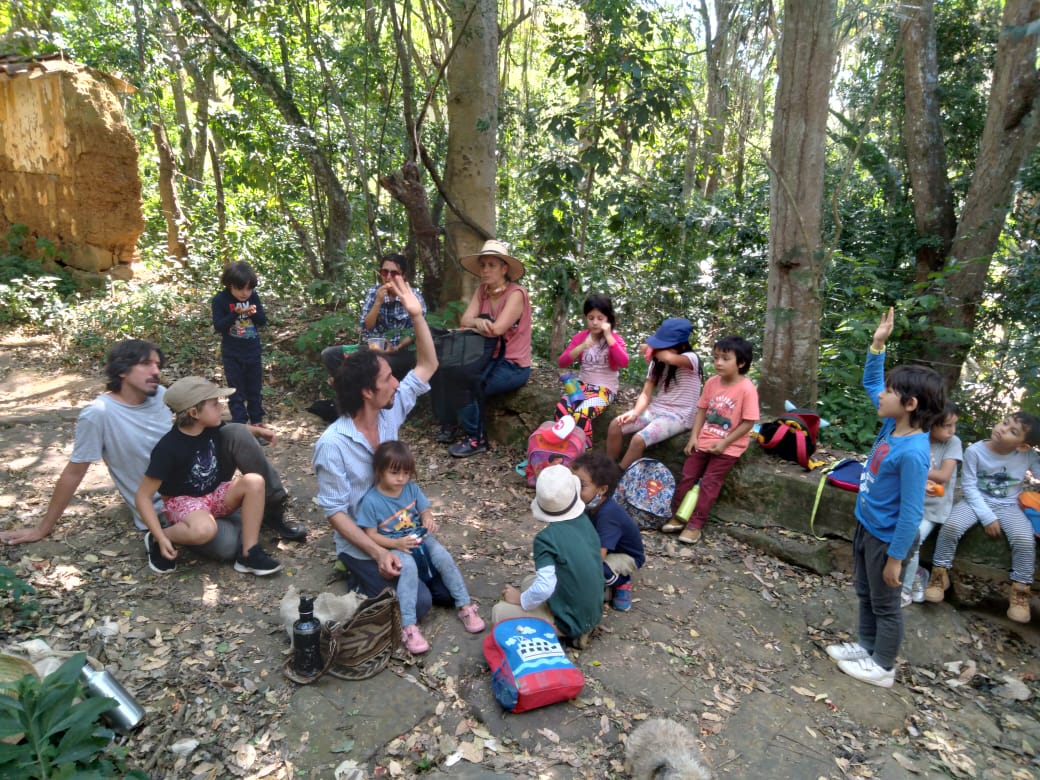
F: The major challenge will be to interpret and translate the commission. It is not always self-evident. You have to decide whether the artwork will be a performance, a film, a sculpture, etc. and you have to choose an artist who can interpret that. It is an important task.
D: How do you see the future of Protocol?
F: You, and the generations that come after you, are the future. If I had power over the Fondation de France I would tell you, “here is the money for Colombia.” But unfortunately I don’t have that power. Those of you who are making the Protocol a reality are the future. I found the financing for the first part, now you have to find it for the second part.
D: Are you satisfied with the legacy you are leaving behind through the Protocol?
F: I think that I have fulfilled my role as a citizen.
--
Daniela Medina Poch (Bogotá, Colombia) is a visual artist, writer, and researcher whose work draws on the poetic and the everyday in order to question some of the hegemonic discourses that perpetuate asymmetrical power relations in land, soil, and territory management. Daniela carries out site-specific artistic interventions, writes for specialist magazines such as Arts of the Working Class and C& América Latina and carries out long-term research projects. Her work is part of the permanent collection of MAMBO - Museo de Arte Moderno de Bogotá and of the digital collection of the Museum for Historical Memory, Bogotá. Daniela is co-founder of Babel Media Art, a contemporary new media art programme at the Torre Colpatria in Bogotá. She is currently part of the Kunst im Kontext MA programme at Berlin University of the Arts, from where she has embarked on conversations with the extended Concomitentes, Neue Auftraggeber, and Les Nouveaux Commanditaires network.
